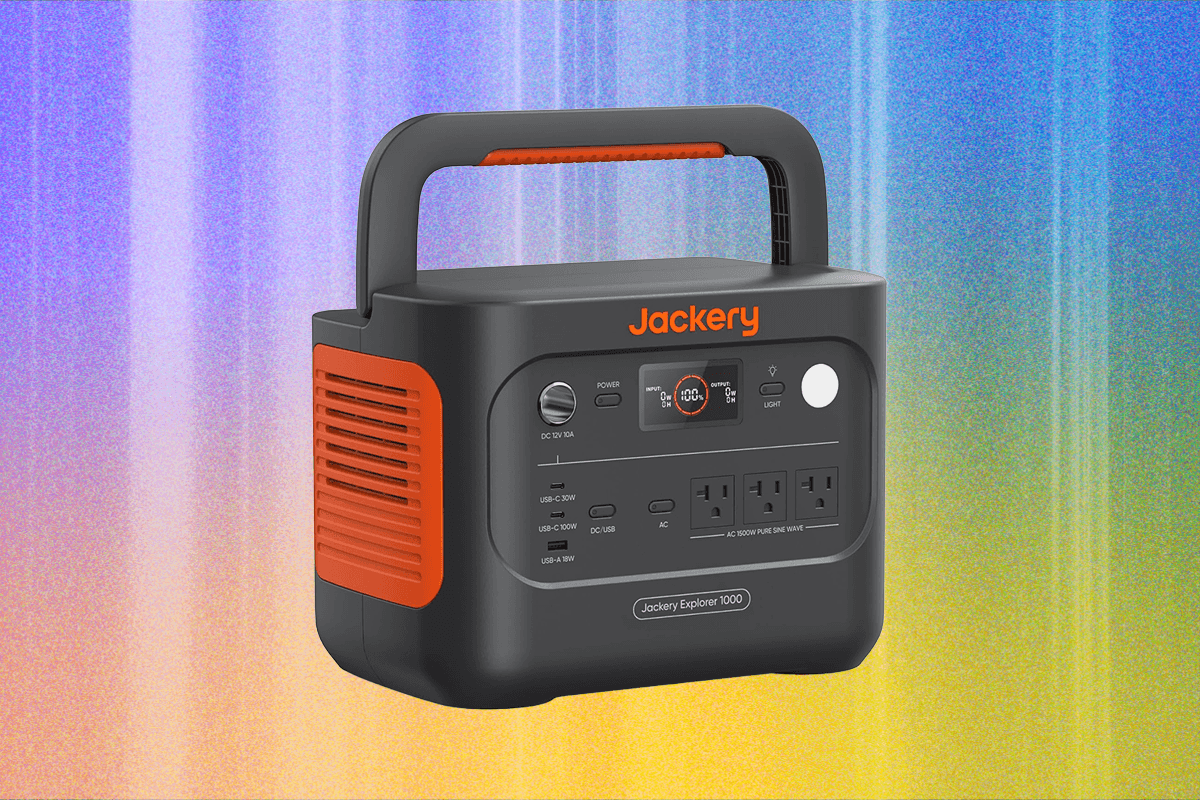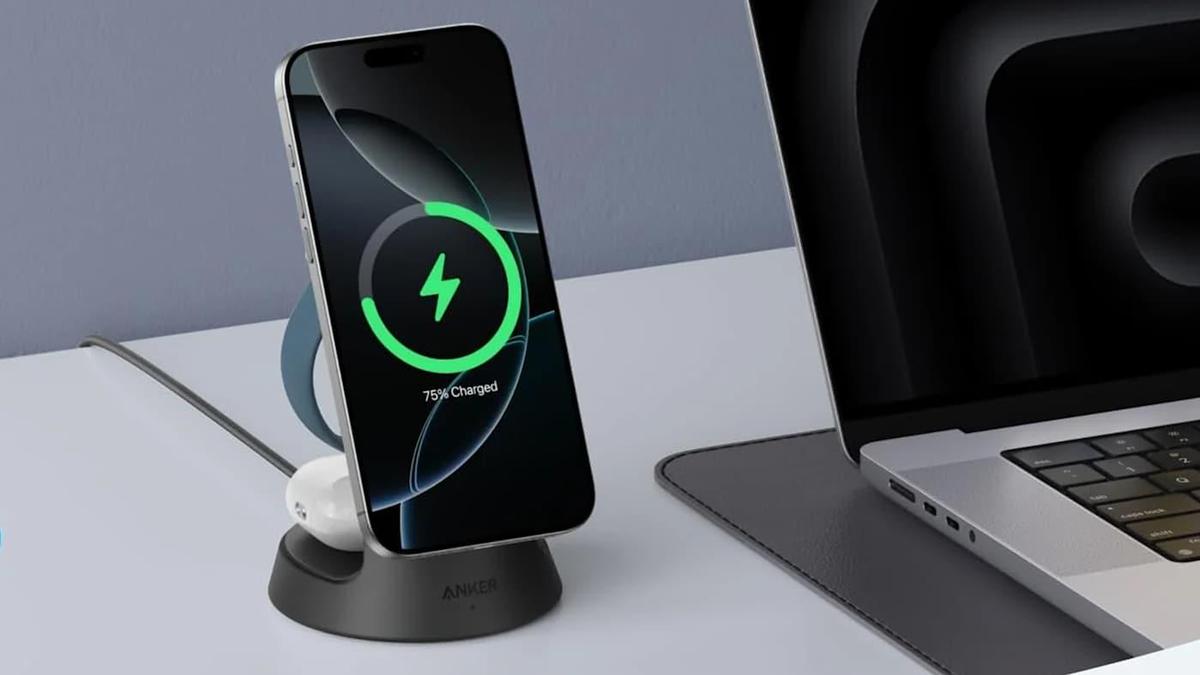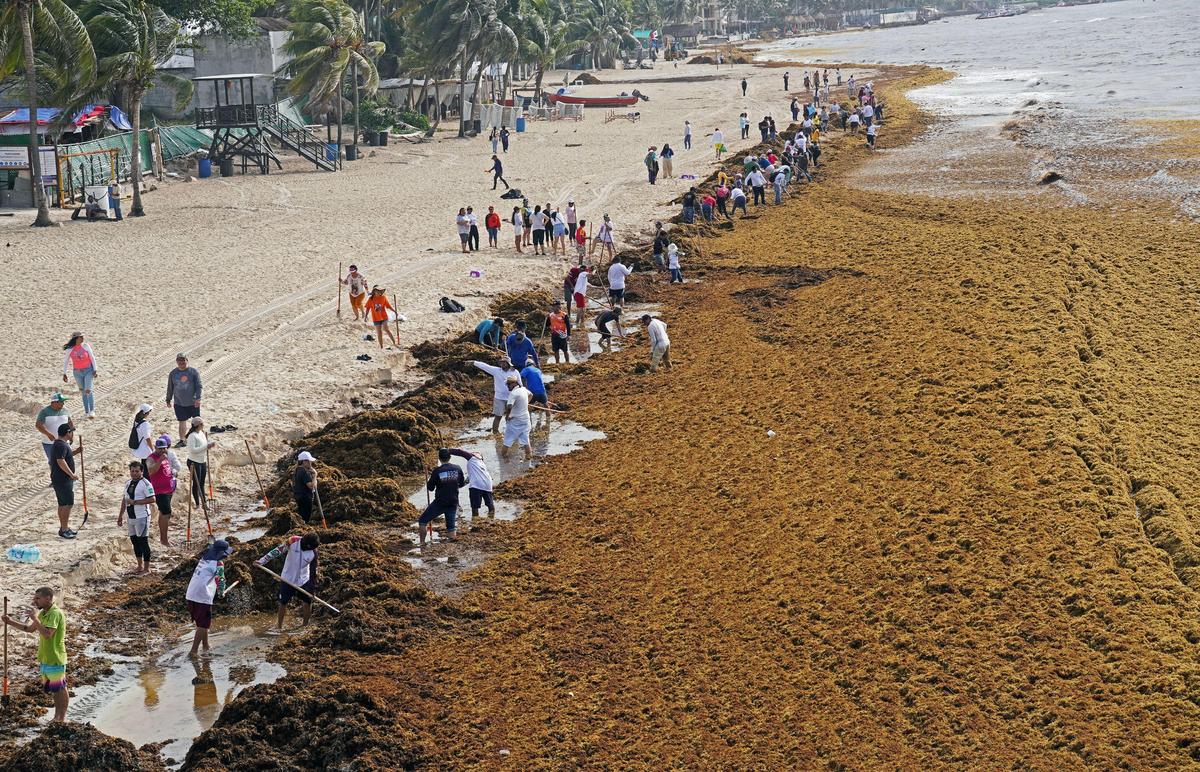Tesla’s Robotaxi Ambitions Face Regulatory Hurdles in San Francisco
Tesla’s Robotaxi Ambitions Face Regulatory Hurdles in San Francisco
Tesla’s quest to revolutionize transportation with its robotaxi service is hitting some roadblocks, particularly in California. While the company is expanding its limited robotaxi program to San Francisco, significant regulatory hurdles stand in the way. Let’s dive into what’s happening and what it means for the future of autonomous vehicles.
What’s the Plan?
Tesla is planning to roll out a limited version of its robotaxi service in San Francisco, following an initial launch in Austin, Texas. The program will initially be invite-only, allowing Tesla owners to test the service. This move signals Tesla’s continued push towards autonomous driving, a long-held ambition of Elon Musk.
The Regulatory Roadblocks
However, Tesla’s plans in California face significant regulatory scrutiny. Two key state agencies oversee autonomous vehicle operations:
- California Department of Motor Vehicles (DMV): Regulates the testing and deployment of autonomous vehicles, requiring permits for testing with a driver, testing without a driver, and driverless deployment.
- California Public Utilities Commission (CPUC): Regulates the commercial aspects of ride-hailing and chartered transportation, including those using autonomous vehicle systems.
Here’s the catch: Tesla currently only holds a permit for testing autonomous vehicles with a human safety operator. It lacks the necessary permits for driverless testing or deployment, and has not yet applied for them. This puts Tesla in a tricky situation, as deploying robotaxis, even with a safety driver, could potentially violate state regulations.
Why the Concern?
The CPUC further clarifies that Tesla lacks the authorization to offer autonomous passenger service, whether paid or unpaid, with or without a driver. They don’t even possess a “Drivered Pilot AV permit,” which would allow them to use an autonomous vehicle with a human operator for passenger service. This means that if Tesla activates its autonomous systems while providing rides, it could be in violation of state regulations, even if the rides are free and a safety driver is present.
A History of Regulatory Friction
This isn’t the first time Tesla has faced regulatory challenges in California. The DMV is already engaged in a years-long lawsuit aimed at preventing Tesla from selling vehicles in the state, citing concerns over the company’s claims about its self-driving capabilities. Furthermore, Tesla is currently embroiled in a lawsuit concerning deaths linked to its Autopilot driver assistance system.
The Austin Experiment
Tesla’s robotaxi service has been running in Austin since June 2022, but it’s a far cry from the fully autonomous vision Musk has promoted. The service is limited to specific areas, and a safety operator sits in the front passenger seat, ready to intervene if needed. The number of operational vehicles and the frequency of safety operator interventions remain unclear.
Musk’s Grand Vision vs. Reality
Elon Musk has long promised a “general solution” for autonomous driving, even suggesting a cross-country drive from Los Angeles to New York. While Tesla is exploring expansion to Florida and Arizona, the reality of achieving full autonomy and navigating complex regulatory landscapes remains a significant challenge.
The Future of Robotaxis: A Cautious Outlook
While Tesla’s ambition is undeniable, the path to widespread robotaxi deployment is fraught with obstacles. Regulatory approvals, technological limitations, and public perception all play crucial roles. It will likely be some time before fully autonomous vehicles become a common sight on our roads.
Actionable Takeaway
For those interested in the future of autonomous vehicles, stay informed about regulatory developments in your area. Understanding the legal framework surrounding self-driving cars is crucial for anticipating their impact on society.
Expert Commentary (Simulated)
“The regulatory landscape for autonomous vehicles is still evolving,” says Dr. Anya Sharma, a transportation technology expert. “Companies like Tesla need to work closely with regulators to ensure safety and compliance while pushing the boundaries of innovation. Transparency and collaboration are key to building public trust and fostering the responsible deployment of this technology.”
FAQ
Q: What permits does Tesla need to operate robotaxis in California? A: Tesla needs permits from both the California DMV for driverless testing/deployment and the CPUC for autonomous passenger service.
Q: Is it legal for Tesla to offer free robotaxi rides with a safety driver? A: Even free rides with a safety driver could violate state regulations if the autonomous systems are engaged without the proper permits.
Q: What other companies have driverless deployment permits in California? A: Currently, Mercedes-Benz, Nuro, and Waymo hold driverless deployment permits in California.
Key Takeaways
- Tesla’s robotaxi ambitions in San Francisco face significant regulatory hurdles.
- The company lacks the necessary permits for driverless operation and autonomous passenger service.
- Regulatory friction and safety concerns continue to be major challenges for Tesla.
- The path to widespread robotaxi deployment remains uncertain.
Source: TechCrunch



